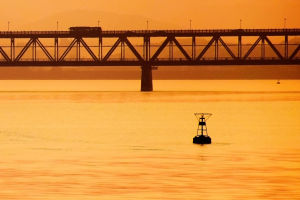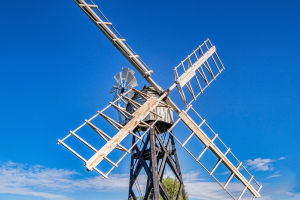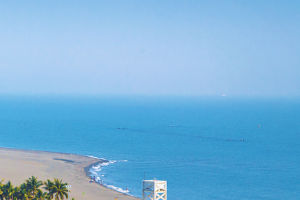The definition of a skyscraper varies from country to country. In Japan, a skyscraper is considered a skyscraper if it exceeds 60 metres; however, in China, it can generally be called a skyscraper when it exceeds 100 metres in height; for the world, a skyscraper can be called a skyscraper if it exceeds 150 metres in height. The significance of a skyscraper: Firstly, it is the embodiment of technology. Secondly, it is a reflection of image. Thirdly, it can accommodate a larger number of people.
The United States is the birthplace of the skyscraper in the world. The earliest skyscraper in the world's modern history is the Home Insurance Building, built in 1885 in Chicago, Illinois, a 10-storey, 42-metre building, recognised as the world's first skyscraper, designed by the American architect William -It was designed by American architect William Janney.
Canada's world-renowned National Television Tower, 553.33 metres high, is the tallest self-supporting structure in the world. Located in Toronto Ontario, Canada, it is a landmark of the city and is visited by over two million people each year. The Canadian National Television Tower was built in 1976 by the Canadian National Railway Company to showcase Canada's strong industry. Originally designed as an antenna for transmitting radio and television signals, the microwave receiver for transmitting advance signals is located at a height of 305 metres.
The broadcast antenna is located at the top of the tower. Inside the tower are 447 metres of metal stairs with 1,776 steps, the highest in the world. In 1995, the Canadian National Television Tower was listed by the American Society of Civil Engineers as one of the seven wonders of the modern world. It is also a member of the League of World Famous Towers.
The Shard in London is a Renzo Piano-designed tower on the south bank of the Thames in London. At 1,017 feet (309.6 metres), it is the second tallest tower in Europe, after the Mercury City in Moscow. 586,509 square feet of the building contains office space and residential flats. It also contains a 15-storey public viewing gallery.
The overall form of the fragmented building is wide at the bottom and narrow at the top, with the final spire fading into the air like a 16th century minaret or the mast of a tall horizontal sailing ship. The form of the building is based on the historic spires and masts of London.
When it comes to skyscrapers there is no getting around the Burj Khalifa in Dubai, today the world's tallest building at 828 metres and 162 storeys, completed in 2010.


